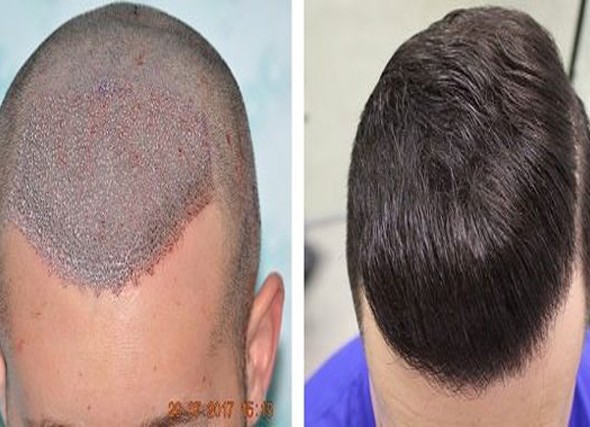Let’s make one thing clear; hair is the single most crucial component of every man’s and woman’s personality. But how on earth can one lose such an important matter? Well, it is not always a choice; no one wants to lose hair. Genetic issues and lack of care and many other reasons often leads to abnormal hair loss. Nevertheless, there is nothing to worry because you have a hair transplant. This article compares hair restoration expectations and hair restoration reality.
If you have a thin or bald area on your scalp, this topic is for you.
Hair Restoration Expectations
People do have different expectations when it comes to considering hair restoration. Before we jump into the topic, let’s mention that hair transplant is a cosmetic treatment; it is not magic or some kind of trick. That is why it is essential to have a clear understanding of the treatment.
Some online search and the initial consultation can help you have a better understanding of the ground realities. When it comes to cosmetic procedures, there is no quick fix to get long-lasting and natural-looking results.
If you take a non-surgical and non-invasive treatment, you will get temporary results. However, if you receive a surgical treatment such as hair transplant, you will get permanent results. Different hair restoration treatments are based on scientific principles and years of practice.
In order to qualify as a good candidate for hair transplant, one must have realistic expectations. Here are some common expectations from the treatment candidates:
Expectations:
- Hair Growth: Some people believe that the surgeon already has hair to be transplanted on the scalp of the patient. It is not true; the hair
- Cost Structure: People are of the view that hair transplant is an expensive treatment. Over the past few years, the cost has decreased significantly.
- Side Effects: Another misconception is that the treatment has significant and permanent side effects which are not true. The minor injuries caused by the procedure will heal in a short period.
- Incisions and Stitches: As opposed to general belief, this procedure involves incisions and stitches. Though slight, cutting and stitching are engaged in it.
- Similar or Different New Hair: It is generally expected that the new hair will match the texture of the existing hair. It is not always the case. In some cases, the unique hair texture differs from the existing ones.
Realities about Hair Restoration
The most common way to restore hair growth is a hair transplant. It is a slightly invasive and surgical treatment that naturally grow hair on bald or thin spots. FUT (follicular unit transplant) and FUE (follicular unit extraction) are two techniques that are mostly used to perform this treatment.
Here, a hair restoration surgeon extracts hair grafts from one part of the scalp to insert into another area of the scalp. One hair graft grows 2 to 5 hairs, and about 2000 to 3000 hair grafts can be transplanted on one area of the scalp.
Often, expectations of hair restoration candidates are far beyond reality. That is why it is worthwhile discussing the facts about hair transplant. You must have realistic expectations if you want to take a hair transplant.
Here are some facts about this procedure:
Realities:
- No Fix Cost: It is not expensive, and there is no fixed cost. Actually, the price depends on the number of hair grafts a person needs to have.
- Lifelong Hair Growth: Unlike other methods of hair restoration, hair transplant delivers long-lasting and natural-looking hair growth.
- Transplanted Hair Fall Down: The hairs your surgeon will transplant will shed in one to two weeks, but hair will grow again in their place.
- New Hair Type and Texture: In some cases, the type and texture of new hair can be different than the existing ones.
- Actual Results After 6 Months: After the successful implant of hairs, the growth will keep improving over time. Please note that the hair will keep growing before this time.
Getting the Right Hair Density
Now that you know the hair restoration expectations and realities, you may like to undergo it to restore hair growth on any part of the scalp and face. Do you want to grow hair on your thin and bald spots? If you’re going to take a hair transplant, get in touch with a provider in your area. Before you leave home, make sure you schedule a consultation session with your surgeon. All the best for your hair regrowth.






